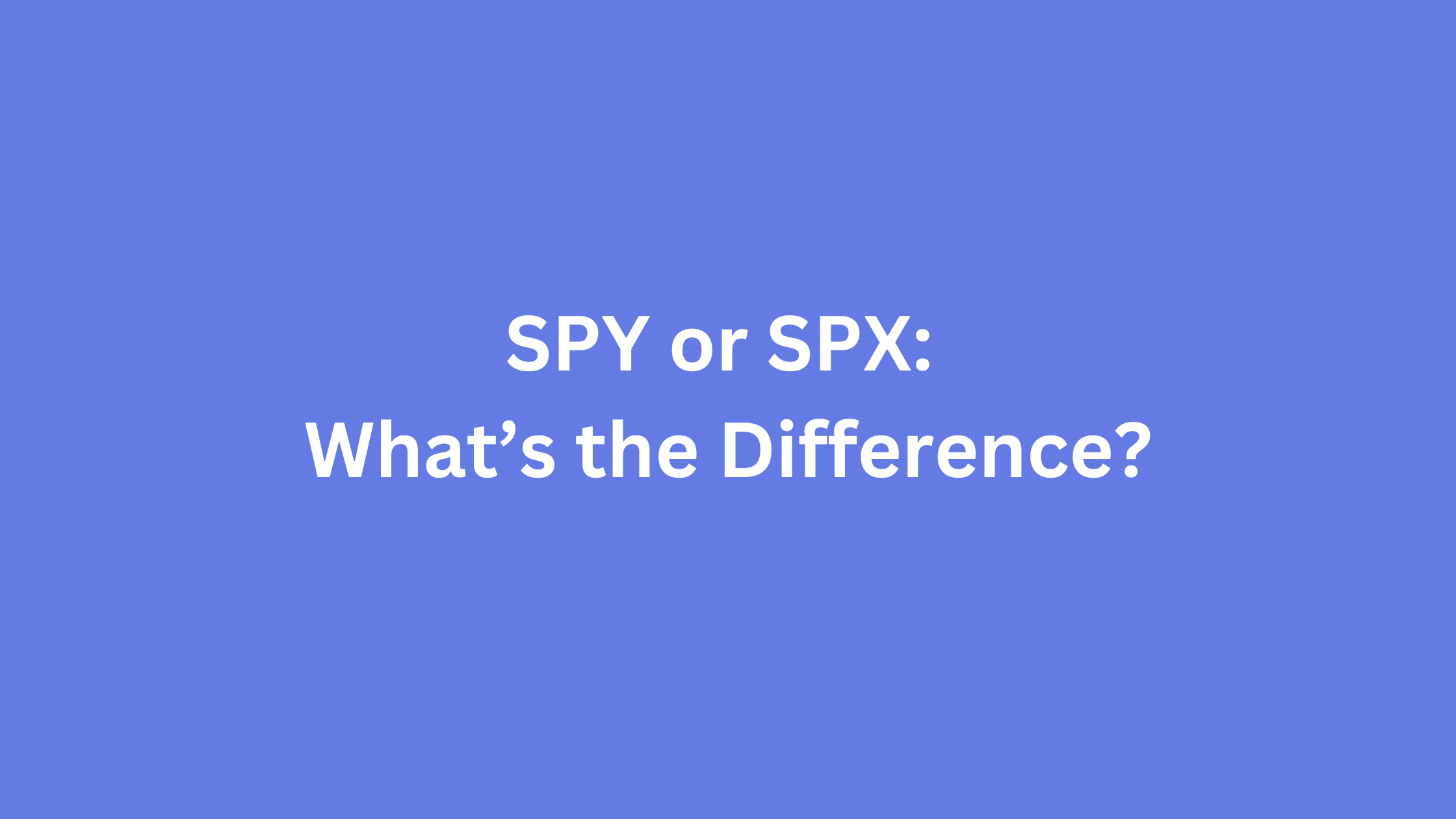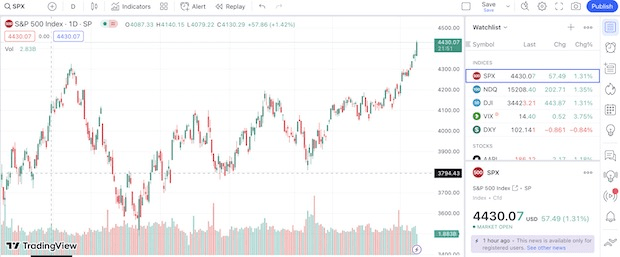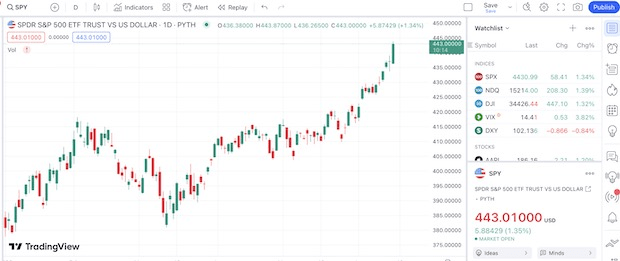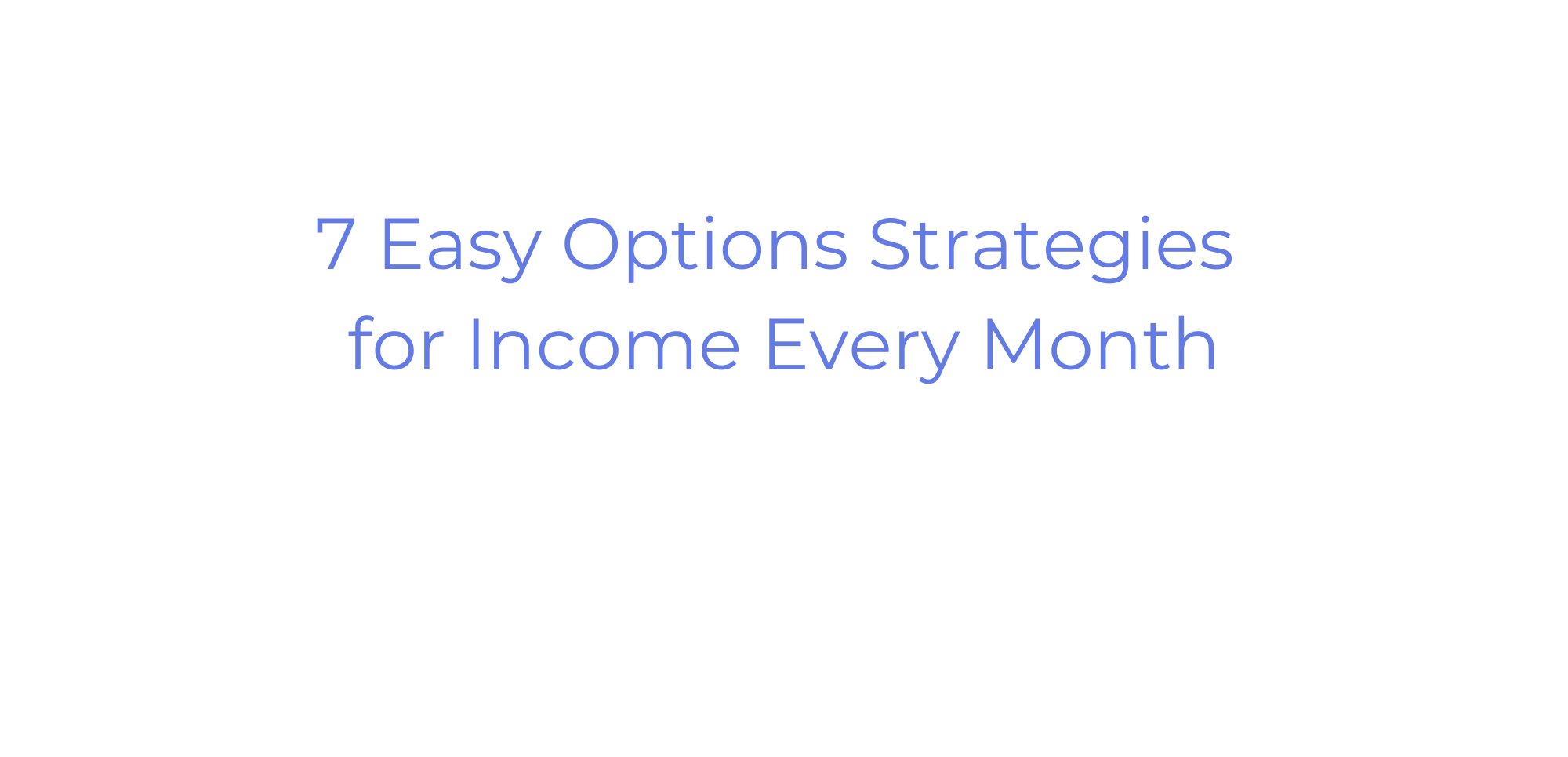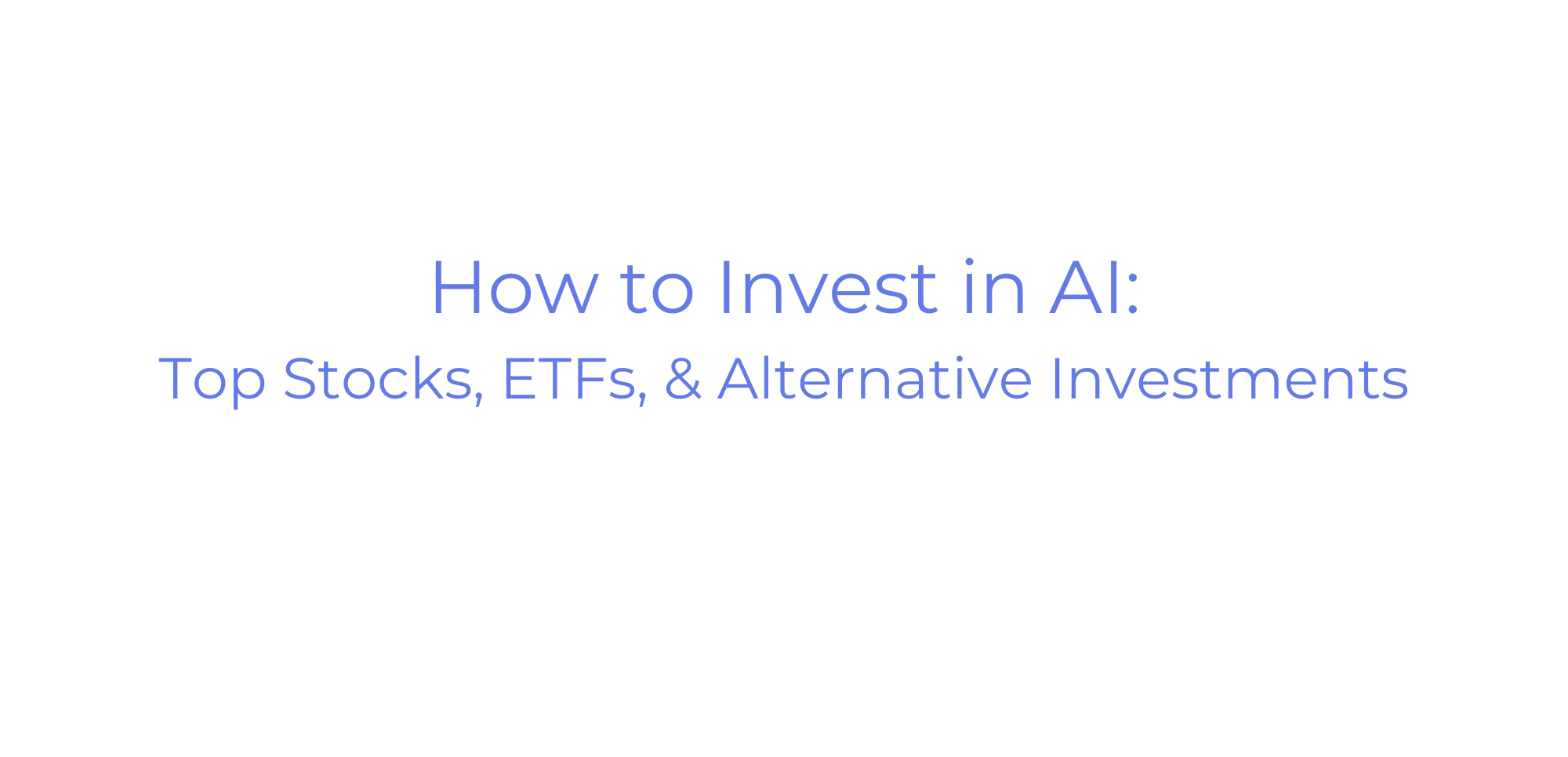When people say they’re “investing in the S&P 500,” they often conflate two very different terms: SPY vs SPX. So what’s the diff?
Although the SPY vs SPX share some fundamental similarities, they aren’t interchangeable. Why does this matter? Because if you don’t know the difference between SPX and SPY, you could be buying into something you didn’t anticipate.
If you want to invest in the S&P via ETFs, you need a brokerage.
Our #1 ETF brokerage? eToro.
It’s powerful, easy to use, and modern — and it has tools that are great for newbies but appropriate for seasoned investors too, like research tools, watchlists, and alerts.
Plus, there’s the sheer variety — you can invest in 200+ ETFs, all with commission-free trades.
eToro securities trading is offered by eToro USA Securities, Inc. (“the BD”), member of FINRA and SIPC. Cryptocurrency is offered by eToro USA LLC (“the MSB”) (NMLS: 1769299) and is not FDIC or SIPC insured. Investing involves risk, and content is provided for educational purposes only, does not imply a recommendation, and is not a guarantee of future performance. https://www.wallstreetzen.com is not an affiliate and may be compensated if you access certain products or services offered by the MSB and/or the BD.
SPY vs. SPX: What’s the Difference?
The bottom line: The key difference between SPY vs SPX?
- SPY is an ETF that tracks the S&P 500
- SPX is the ticker for the literal S&P 500 Index
When trying to figure out “what is SPX,” here’s a helpful hint: it’s what news anchors talk about when they’re reporting on the S&P 500. However, since SPX is a price index, you can’t trade “SPX shares” on the stock market — which leads us to SPY, which is an ETF.
Short for “exchange-traded funds,” ETFs trade similar to stock in a company, but they offer price exposure to the assets fund managers hold in their portfolios.
So if you invest in SPY through your brokerage, you gain access to all of the 500 American companies in the SPX. However, since it’s market cap-weighted, it means larger companies take up more space than the smaller ones in the ETF.
Still confused over what SPY is? Think of it this way: SPY is a synthetic version of the SPX. SPY holders don’t literally “own” the S&P 500 Index, but their fund managers hold shares in all S&P 500 companies.
What is SPX?
In the stock market, “SPX” is shorthand for the S&P 500 Index, which gives investors an average of the 500 largest companies in the USA.
Although the SPX had earlier iterations in the 1920s, the modern S&P 500 started in 1957. Since then, the SPX has become a major indicator of the health of the American market.
The companies S&P Global, CME Group, and News Corp manage the SPX under the umbrella firm “S&P Dow Jones Indices.”
What is SPY?
First launched in 1993, the SPY is an ETF that tracks the price movements of the S&P 500. The full title for the SPY is the “SPDR S&P 500 ETF Trust,” and it’s managed by State Street Global Advisors.
People swap SPY shares during standard trading hours on the New York Stock Exchange (NYSE), similar to trading stock in single companies. However, like other ETFs, people who hold SPY shares need to pay a fee called an expense ratio to the fund managers.
To make shares more accessible to investors, each SPY share is about 1/10th the value of the SPX. If the SPX is trading at 5,000 points, one SPY share is probably worth roughly $500.
Although there are many competing S&P 500 ETFs, the SPY holds the dominant position with a mind-boggling market cap of over $30 trillion.
S&P 500: How to Invest [Different Ways]
Considering its size in the market, the SPY is a popular way to invest in the S&P 500. However, other strategies exist to add this index to your portfolio.
Stocks
If you’d prefer to hand-select stocks in the S&P 500, you can find all these companies listed on stock brokers like eToro (mentioned above) or moomoo.
A quick online search will show the latest stocks in the S&P 500 and their weighted average. After researching these companies, you can pick the ones you’re most interested in with your moomoo account.

Sign up for moomoo using any of the links in this article and get this awesome sign-up bonus:
But don’t delay — this offer is only good for a limited time.
Of course, you could buy all 500 companies at their weighted average, but that’d be kind of a pain to manage.
Instead, this strategy is best for investors who want to select specific market segments or particular businesses in the S&P 500 they feel will outperform.
For example, let’s say you feel the tech sector is undervalued versus healthcare. In this case, you’d gravitate to buying S&P 500 software stalwarts like Microsoft (NASDAQ: MSFT) and Google (NASDAQ: GOOGL) and offload shares of UnitedHealth Group (NYSE: UNH) and CVS Health (NYSE: CVS).
Buying individual stocks in the S&P 500 helps you create a custom strategy depending on how you feel different names will perform.
ETFs
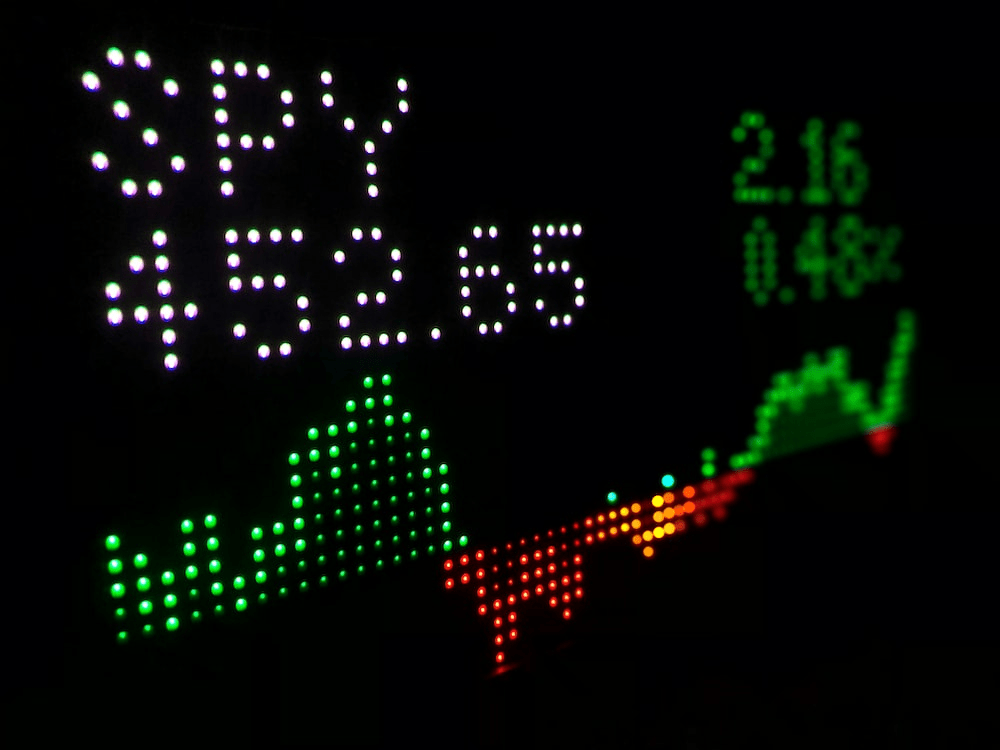
If you don’t have time to fiddle with stock-picking, you might want to invest in a broad S&P 500 ETF like the SPY.
Although you have to pay a fee to fund managers, ETFs give you the max diversification without worrying about constantly adjusting your shares.
As mentioned above, the SPY is the most actively traded S&P 500 ETF, but it’s worthwhile looking into a few competitors. Here are a few other popular S&P 500 ETFs on the market:
- Vanguard S&P 500 ETF (NYSE: VOO)
- iShares Core S&P 500 ETF (NYSE: IVV)
- Invesco S&P 500 Equal Weight ETF (NYSE: RSP)
As noted above, brokerage platforms like eToro offer ETF trading for major S&P 500 ETFs. Once you set up an eToro account, you’ll get access to these shares during regular trading hours.
eToro is a multi-asset investment platform. The value of your investments may go up or down. Your capital is at risk.
Index Funds
Index funds are similar to ETFs, but the former only trades once a day. So, even though S&P 500 index funds mimic the S&P 500’s price, you can’t trade them during an intra-day session.
ETFs are more liquid than index funds, so they’ve become a more popular option with traders. However, you can still get the same exposure to the S&P 500’s price with index funds if you don’t mind forfeiting intra-day trading.
A few examples of S&P 500 index funds include:
- Fidelity 500 Index Fund (MUTF: FXAIX)
- Vanguard 500 Index Fund Admiral Shares (MUTF: VFIAX)
- Schwab S&P 500 Index Fund (MUTF: SWPPX)
SPY Options Trading: How Does it Work?
As mentioned above, a big difference between SPY vs SPX is you can’t trade SPX shares on the stock market. However, there are ways to own SPX options.
Confused?
Don’t fret! Let’s dive deeper into how SPX and SPY options trading works.
What are SPY Options?
SPY options are derivative contracts that represent a position in the SPY ETF. Like other options, one contract equals 100 shares of the underlying asset (in this case, the SPY ETF), and every option contract has a unique strike price and expiration date.
Traders use SPY options to bet on the direction of the SPDR S&P 500 ETF Trust. If they think this ETF will go up, they buy “calls,” but those who are bearish buy “puts.”
There are also loads of fancier options strategies like iron condors and vertical spreads traders use to speculate on the SPY’s price.
Keep in mind: SPY options trace the price of the SPY ETF — not the S&P 500 Index.
What are SPX Options?
SPX options are also derivative contracts, but they directly track the price of the S&P 500 Index. So, unlike SPY options, these contracts only have one degree of separation from the S&P 500.
Remember this: SPX options prices are 10x higher than SPY options.
Differences Between SPY and SPX Options
It may not seem like SPY options trading is so different from using SPX options, but these derivatives have a lot of distinctions.
For starters, SPX options have a “European” expiration schedule. In non-financial jargon speak, these options close at the end of a trading session on their specified expiration.
By contrast, SPY options are “American style,” meaning traders can assign them any time before expiration. This gives SPY options holders greater flexibility to trade around their positions.
Another difference between SPY vs SPX options is the former settles in cold-hard cash. Since the SPX only tracks an index, there are no “SPX shares” to exchange on expiration — hence cash settlement.
So, what about SPY options? In this case, you must close your position with the equivalent amount of SPY ETF shares. So, if you have to pay for 1 SPY option contract at $350, you can buy 100 SPY ETF shares at $350 per share from a counterparty by expiration.
Generally speaking, SPY options are more actively traded, so they tend to have greater market liquidity and smaller differences between the bid and ask prices (aka “bid-ask spread”). SPX shares are still very liquid, but prepare for wider bid-ask spreads.
Options Dividends: They’re Real!
Another interesting difference between SPX vs SPY options trading is the latter offers a dividend kickback.
You just have to figure out when the SPY option contract’s “ex-date” is and exercise your option before this date to collect extra cash.
Typically, the ex-dividend dates for SPY options are as follows:
- Third Friday in March
- Third Friday in June
- Third Friday in September
- Third Friday in December
Tax Considerations

Lastly, SPX and SPY options fall into different tax brackets. From this perspective, day trading SPX options are more desirable because they qualify for a law called “Section 1256.”
Section 1256 lets traders pay a 60/40 split on capital gains, with 60% in long-term gains and 40% in short-term gains. Generally, the tax implications on long-term gains are lower than on short-term gains.
Typically, you need to hold an asset for over a year to claim long-term capital gains, so getting this protection with SPX options cuts the tax requirements for short-term options traders.
By contrast, people who day trade SPY options don’t enjoy long-term tax breaks.
If you need more detailed info on your tax bracket for day trading, please speak with a professional CPA.
Also, if you want more deets on leveling up your options strategy, be sure to check out Benzinga’s option alert service.
This top-notch options alert service is led by options trader and mentor Nic Chahine.
Chahine not only shares his high-conviction and highly profitable options trades, but he also provides thorough analysis so you can learn as you trade. Here’s what you get:
- High-probability option trades
- Transparent access to trade explanations and analysis
- Market analysis
- Education
Plus, for a limited time, you can get free access to the next Benzinga Boot Camp to learn how to trade stocks and options like a pro.
Final Word: SPY vs SPX
When comparing the difference between SPX and SPY, remember SPX is the literal S&P 500 Index, but the SPY is the popular SPDR S&P 500 ETF Trust.
If you’re still having trouble remembering SPY vs. SPX, here’s one final tip: Just as “Y” comes after “X” in the alphabet, the SPY came after SPX. OK, that was pretty corny, but it’s silly enough to stick in your mind!
FAQs:
Is SPY or SPX better for options?
Every options trader has a different opinion on whether SPX vs SPY is better for options. While SPY shares cost less, have dividends, and are more liquid, they have higher tax implications, and you have to settle with ETF shares rather than cash.
What is the difference between SPY and S&P 500 index?
SPY is short for the "SPDR S&P 500 ETF Trust," which is a fund that tracks the S&P 500 Index's performance but isn't the literal S&P 500.
Is SPY 10% of SPX?
Yes, the price of one SPY share is 10% of the SPX.
Why is sp500 called SPY?
SPY is an ETF that tracks the S&P 500 Index, so sometimes it gets confused with similar terms like "sp500."
Where to Invest $1,000 Right Now?
Did you know that stocks rated as "Buy" by the Top Analysts in WallStreetZen's database beat the S&P500 by 98.4% last year?
Our December report reveals the 3 "Strong Buy" stocks that market-beating analysts predict will outperform over the next year.
